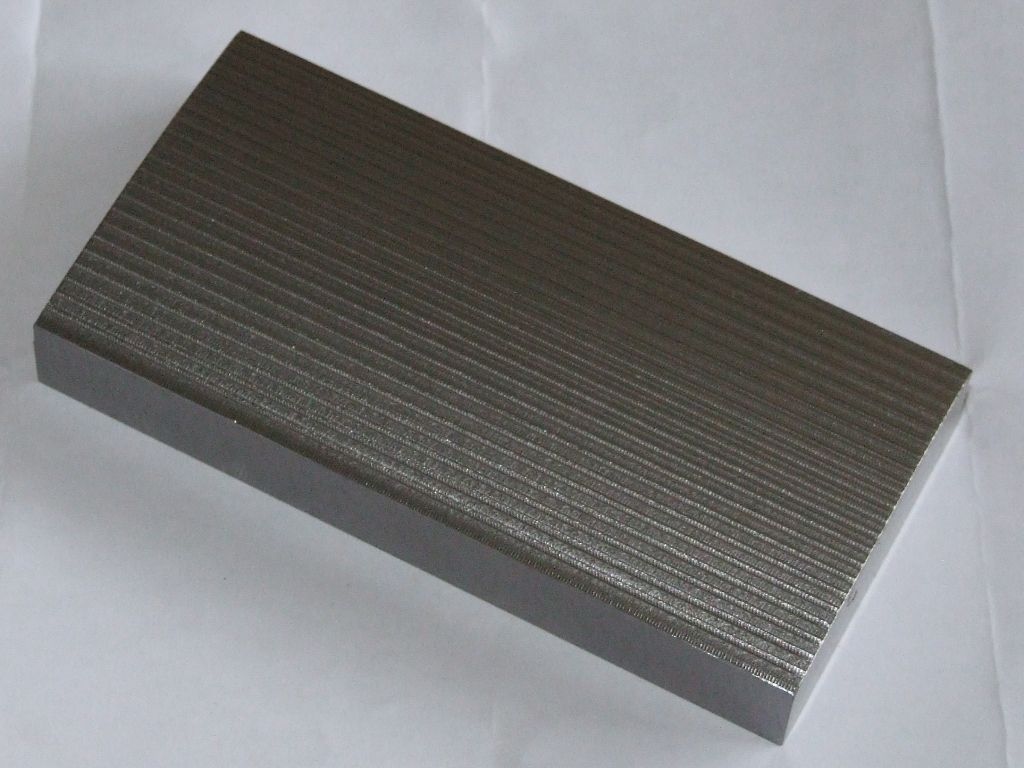For the less pecunious of us, often using "pre-loved" metals, hot-rolled steel has the advantages of stability described above, and you are less likely to be caught out by some nice shiny stuff from the local scrap-yard being anything but free-cutting!
It is also usually readily welded, which is not recommended for leaded free-cutting steels. (EN1A will fuse, but the welds can be brittle.)
Recently I made a set of dovetail nuts to hold the magnetic read-out strip to my milling-machine table, using the slot that originally held the limit-stops. I saw this is the only practical way, on a Myford VMC mill not designed to take a DRO set. My stock was cut from old miniature-railway rail, flat-bar not profiled, scrapped as too worn and rusted for continued railway use. The worst corrosion pits were quite deep, but the nuts are sufficiently thinner than the stock to avoid them.
Years ago I worked as materials store-keeper for a manufacturer of industrial screen-printing machines, when it received a one-off order for special jigs to hold long surveying-poles for printing their rule scales (not ruler – I've read that thread!). The longest was at least 2m long, and after the miller had cut the requisite facings and channels along the BMS stock, it naturally warped. So it went off to a heat-treatment firm for normalising, but came back even more normally bent. I can't remember what they did eventually – might have used aluminium-alloy instead.
A further tip:
Those DRO nut's dovetail chamfers are at 45º. No suitable cutter, so I drilled and tapped all the holes regularly-spaced along the strip, then drilled matching holes along a piece of angle-steel, at the same settings. Screwed the nut-strip to the angle, clamped that to the mill table so it acted as an inside-out V-block; then kept the assembly together to hold in a vice for junior-hacksawing the nuts apart.
I marked the cuts first by tiny drill-spots during the drilling and tapping process: the nuts' ends do not need be more square than by eye, and a file soon tidied them.
Note: this process order will not work in all cases. What surprised me, when at the printing-machine manufacturers, was the number of times millers making extra T-nuts would drill and tap all the holes in a bar length then expect me to separate them on an auto-feed hacksawing-machine with a well-made but poorly-designed geared-roller vice. It was definitely not for such tasks and incapable of holding short bars anyway. I had to gently suggest to these apprentice-trained, skilled machinists that the repetition would be far easier and more reliable if I cut the embryo nuts from the stock bar before machining.
Nigel Graham 2.





